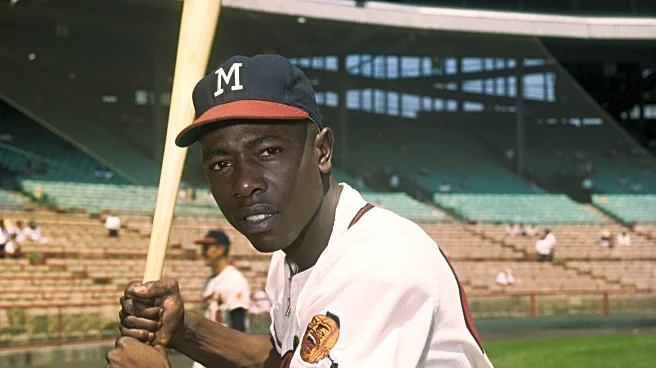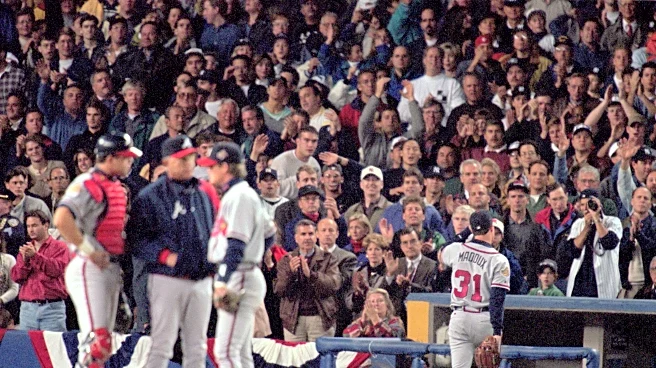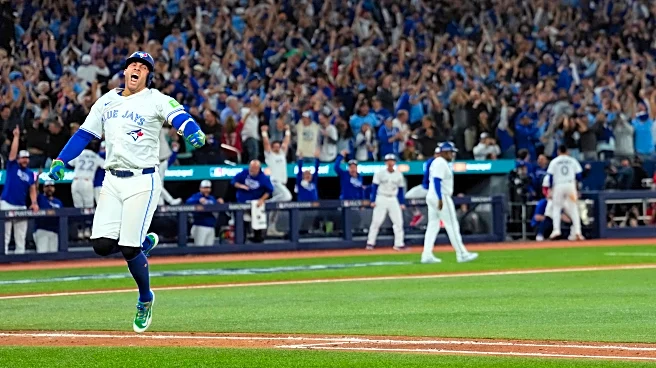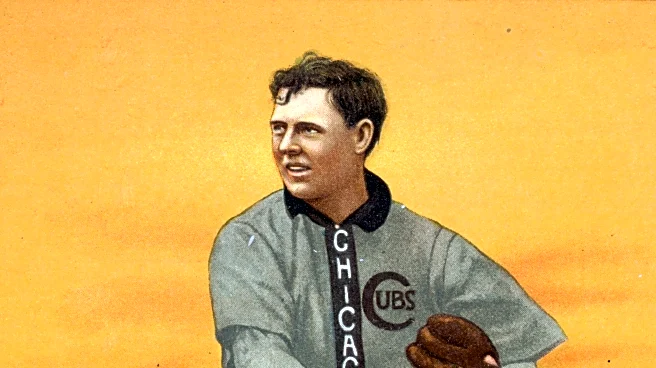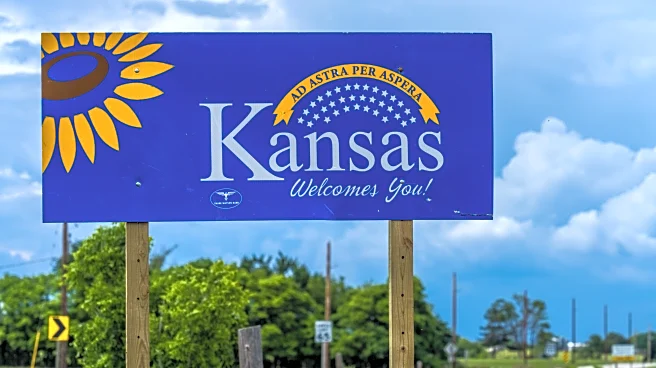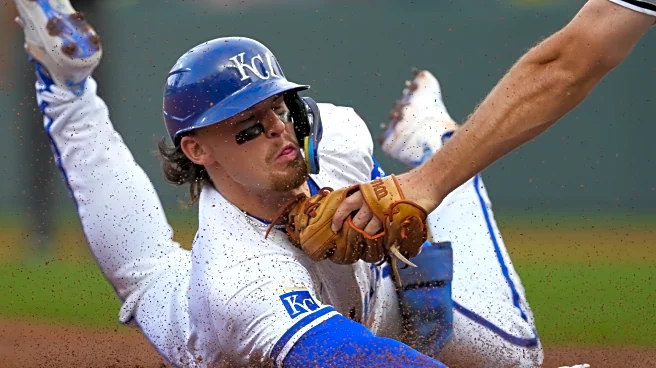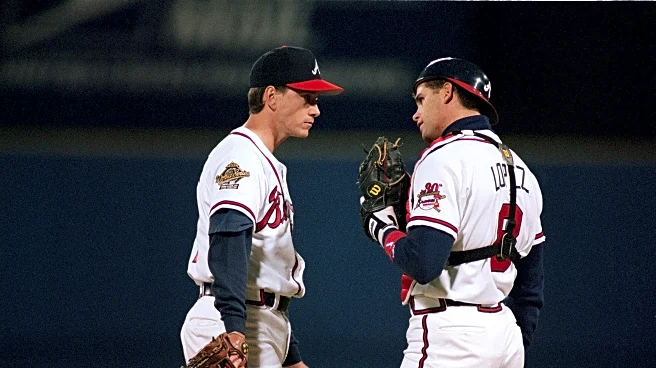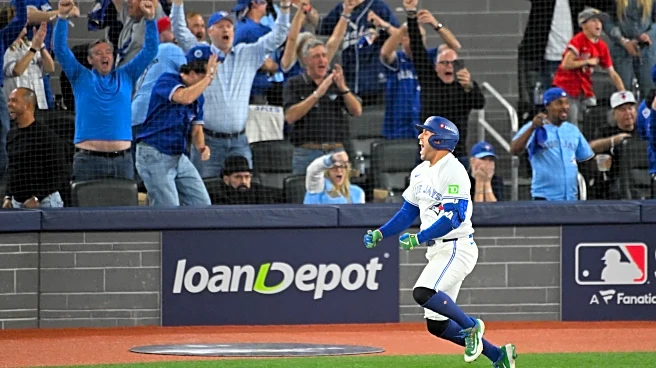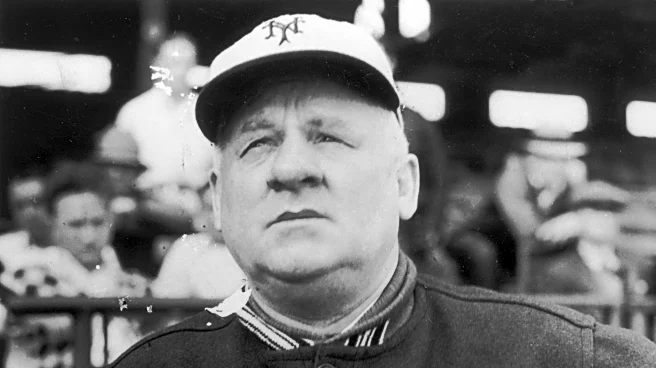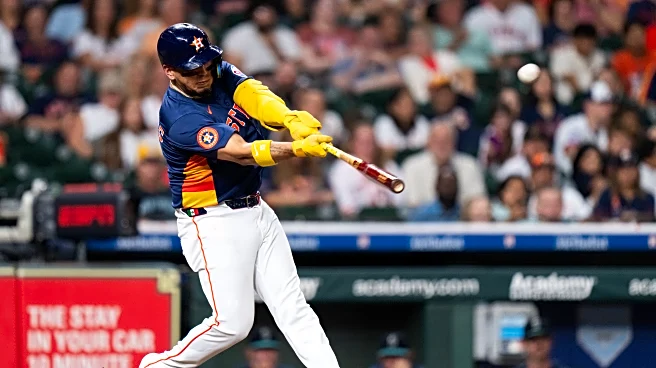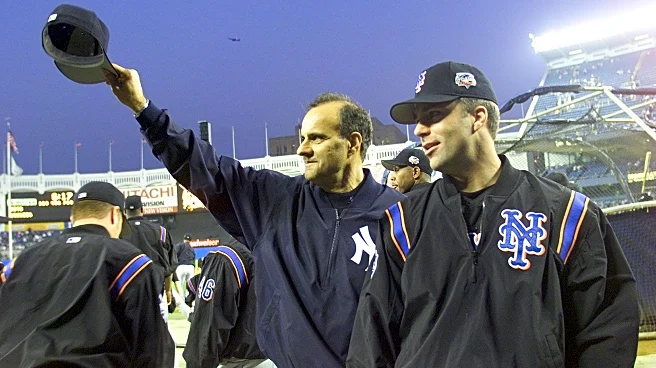I’m winding down this series on great hitting seasons. Only one more installment to go.
With the passing of the years, it’s easy to forget just how good a hitter Henry Aaron was. His Baseball Reference
page is filled with bold black and blue entries. He was a 25-time All-Star. That alone is a staggering feat. He won two batting titles, which is astounding for a player that hit 755 career home runs and is still held by many to be the all-time home run leader. His 2,297 RBI, 1,477 extra base hits and 6,856 total bases are still all-time major league records. Albert Pujols finished his career in second place on the total base record, a mere 645 behind the Hammer. Freddie Freeman is the active player with the most career total bases, 4,145. Freeman has averaged 308 total bases per season in his brilliant 16-year career. At this pace, he’d only need to play for 12 more years to eclipse Aaron. Being that Freeman just turned 35, I think Aaron’s record is safe. Will it ever be broken? Probably someday. In some far-off future year, if baseball is still a going concern, some 19-year-old hitting genius will appear and turn in a spectacular 20+ year career and overtake Hammerin’ Hank. I won’t be alive to see it, but my grandkids might.
How does one go about selecting Aaron’s best hitting season? That’s like asking someone which Beatles song is their best. Was it Ticket to Ride? How about Hey Jude? Yesterday? Blackbird? You get the idea. Aaron’s peak production covered an unbelievable 19 seasons, from 1955 to 1973. During that 19-year run, he averaged 105 runs, 178 hits, 37 home runs and 109 RBI per season with a .312 batting average. Henry Aaron would have broken the bank had he played in modern times.
For the sake of this essay, I’m going to highlight his 1959 season when the Braves were still located in Milwaukee. Aaron appeared in 154 games that summer, an led the league in hits with 223. He also led the league in batting average (.355), slugging percentage (.636), OPS (1.037) and total bases (400). Somehow, he only managed to finish third in the MVP vote, behind Ernie Banks and his teammate Eddie Matthews. The guy who got jacked in that vote was Vada Pinson, who finished 15th. Pinson had a remarkable season and should have easily been in the top five or six.
In addition to the totals listed above, Aaron also chipped in 46 doubles, seven triples, 39 home runs and 123 RBI with a .401 OBP. He only drew 51 walks but only struck out 54 times. Aaron was a solid contact hitter with his career high in whiffs being 92 during the 1972 season.
In addition to the totals listed above, Aaron also chipped in 46 doubles, seven triples, 39 home runs, and 123 RBI with a .401 OBP. He only drew 51 walks but struck out just 54 times. Aaron was a solid contact hitter, with his career high in whiffs being 92 during the 1972 season.
The Braves, who had been in the World Series in 1958, battled the Los Angeles Dodgers all season for National League supremacy. The two teams ended the season tied for first, then engaged in a best-of-three playoff to see who would face the Chicago White Sox in the World Series. The Dodgers won the first two games, each by a run, then routed the Sox in the Series.
Aaron’s best game of the summer quite possibly came on August 17 in the first game of a doubleheader against the Dodgers at County Stadium. LA started Sandy Koufax, and Aaron gave the Braves an early lead with a first-inning RBI single. An Eddie Mathews home run sent Koufax to the showers in the second. Aaron added two more singles in the middle innings before putting an exclamation point on the win with an eighth-inning home run off Clem Labine.
1959 was also notable for being the season that Harvey Haddix threw 12 perfect innings against the Braves before Felix Mantilla reached on an error leading off the 13th inning, breaking up the perfect game. Mathews followed with a sacrifice bunt, moving Mantilla to second. Haddix gave Aaron an intentional walk to face Joe Adcock. Adcock, no slouch with the bat, slammed a ball into the right-field stands, giving the Braves the victory. Adcock inadvertently passed Aaron on the basepaths and was thus credited with a double. Braves pitcher Lew Burdette pitched 13 shutout innings for the win.
You don’t get 3,000 major league hits by being a slouch. It takes a remarkable level of consistency over an extended career. I consider it one of the tougher feats to accomplish in baseball. Carl Yastrzemski did both. He had longevity, 23 seasons, remarkably injury free, and he was consistent with the bat, averaging 167 hits per full season. Amazingly, he never collected over 200 hits in any of those years despite winning three batting titles. Unlike many of the other greats profiled, Yaz’s peak was a little shorter, running from 1963 to 1973.
Yaz had one truly great season, one which is still recounted in baseball lore: his 1967 Triple Crown winning year, in which he single handedly led the Red Sox to the World Series. The numbers are staggering. Yaz collected 189 hits, many of them clutch down the stretch, hit 44 home runs, drove in 121, scored 112, and hit .326, all league leading numbers. He also led the league in OBP, slugging percentage, and total bases, and was a runaway MVP winner, collecting 19 of the possible 20 votes. And he won a Gold Glove.
Unbelievably, someone voted their first-place vote for Cesar Tovar. Tovar led the league in games played and at-bats. He hit .267 and was worth 2.4 WAR. Even though WAR wasn’t a thing in 1967, it’s clear that Tovar wasn’t even qualified to hold Yastrzemski’s jock, let alone get a first-place vote. Max Nichols, a beat writer for the Twins at the Minneapolis Star, was the offending party. To his credit, he never hid his identity and never backed off his choice. Nichols’s vote triggered a firestorm of criticism from fans and other baseball writers. Even though I disagree with the vote, I give Nichols props for having the guts to stand by his selection.
Yastrzemski made his debut on April 11, 1961, against the Kansas City Athletics at Fenway, stroking a single to left off Ray Herbert in his first major league at-bat.
With the Sox locked in a tight pennant race with the Twins and the Tigers, Yaz rose to the occasion as the calendar flipped to September. Over the last 27 games of the season, he slashed .417/.504/.760 with nine home runs and 26 RBIs.
The Athletics unwittingly played a part in the Sox’s success. After star Tony Conigliaro was lost for the season on August 18 after a horrific beaning, Boston turned right field over to former Athletic Jose Tartabull. Tartabull struggled and on August 28 was replaced by another former Kansas City player, Ken “Hawk” Harrelson. Harrelson had loads of potential but talked his way out of town, calling owner Charlie O. Finley “a menace to baseball” after Finley fired manager Alvin Dark. Finley ordered Harrelson’s release, and the Sox scooped him up. What a break for the Hawk, going from the outhouse to the penthouse. Harrelson hit three home runs and drove in 14 over the last 24 games, giving Yaz some much needed help.
The Twins held a one game lead going into the final two games of the season. As the beauty of baseball would have it, the Twins played the Red Sox in Boston in those final two games. Needing a sweep, Yastrzemski went 7 for 8 over the two games, with a home run and six RBIs to lead Boston to the pennant. That Boston team was littered with former Athletics and future Royals, Ken Brett, Bill Landis, Dan Osinski, Jose Santiago, Galen Cisco, Dave Morehead, John Wyatt, Jerry Adair, Norm Siebern, Jim Landis, Joe Foy, George Scott, Tartabull, and Harrelson.
Boston lost the World Series to St. Louis in a seven game classic, though no fault of Yastrzemski, who hit .400. That series belonged to Bob Gibson, who threw three complete games and allowed only three runs over 27 innings.
Up to this point, I’ve just been writing about great hitting seasons from non Kansas City players. The Royals have had a few great offensive seasons, George certainly. Bobby Jr. and Salvy each had one. We’re going to talk about two others that were exceptional.
Darrell Porter was an athletic prodigy as a young man. He seemed destined to attend the University of Oklahoma and play football for the Sooners until baseball intervened. The Milwaukee Brewers took Porter with the 4th overall selection of the first round of the 1970 draft. There were several players in that first round who made the majors, but Porter was easily the best.
After spurning the Sooners, Porter was assigned to Clinton of the Midwest League. He played the 1971 season for Class A Danville before getting a late season call to Milwaukee. He appeared in 22 games for the Brewers at the tender age of 19.
He spent most of the 1972 season with the AAA Evansville Triplets before getting another late season callup. By 1973, he was the Brewers’ starting catcher at the age of 21. Porter was a solid 3.5 WAR player in Milwaukee but never lived up to the fans or front office’s expectations that come with being a high first round pick. He succumbed to the pressure and began drinking, which later led to drug use, which I’ve chronicled in previous stories.
After the 1976 season, the Brewers made Porter available, and several teams went after him. Kansas City eventually got the trade, Joe Burke’s finest moment, by sending Jamie Quirk (the Royals first round pick in 1972), their starting left fielder Jim Wohlford, and promising reliever Bob McClure to Milwaukee for Porter and Jim Colborn.
The trade was a huge win for the Royals as Colborn won 18 games (and threw a no hitter) in his only Kansas City season, and Porter, freed of the weight of expectations, blossomed into a star and fan favorite. Porter solidified a weak position for the Royals and gave them another hard charging, gung ho player to ride alongside Brett and Hal McRae. Porter’s hard playing and hard living lifestyle earned him two classic nicknames: Double Barrel Darrell and Nerve.
Porter’s best season as a Royal came in 1979 when he recorded career highs in just about every major offensive category. Porter appeared in 157 games, playing catcher in 141 of them. He had one of the greatest seasons of any catcher in history with a slash of .291/.421/.484. He stroked 20 home runs, drove in 112, scored 101 runs, and drew a league leading 121 walks. He only struck out 65 times all summer and used his speed to leg out 10 triples. It was good for 7.6 WAR and a ninth place showing in the league MVP vote. Now that we have advanced stats at our disposal, we can see that Porter got overlooked in the MVP vote. He was most likely the third best player in the AL behind Fred Lynn and Brett.
Porter got off to a blistering start with seven hits in his first 18 at bats before settling in around .300 the rest of the summer. His best game came on August 17 at Memorial Stadium in Baltimore when he pummeled Jim Palmer and Sammy Stewart, leading the Royals to a 7 to 1 victory.
Porter got things rolling early against Palmer, stroking a second inning leadoff triple and later scoring on a Clint Hurdle groundout. Darrell added a single in the seventh before breaking the game open with a three run home run off Stewart in the ninth.
Porter’s time in Kansas City ended after the 1980 World Series. Porter wanted to resign with the Royals, but Burke, wary of Darrell’s sobriety, refused to make an offer. Porter then reunited with former manager Whitey Herzog in St. Louis and helped lead them to the 1982 World Series championship, in which he was named the MVP.
Porter’s been gone now for 23 years, which doesn’t seem possible. Let us cross over the river Double Barrel and rest in the shade of the trees.
The second great Royals offensive season has gotten overlooked by the national press and even Royal faithful, all for good reason. Willie Wilson was just 24 years old when he put it together in the summer of 1980. His season is often forgotten because he had a certain teammate that nearly hit .400 that summer. That’s a shame because in almost any other year, Wilson might have won the MVP. As it were, he came in fourth, though he had a strong argument that he, Brett, and Rickey Henderson were the cream of the AL crop.
All Wilson did in 1980 was stroke 230 hits in 705 at bats, including 15 triples, and score 133 times, all league leading numbers. He slashed .326/.357/.421 and stole 79 bases while winning a Silver Slugger and a Gold Glove. It added up to an 8.5 WAR season.
During his 19 year career, Wilson led the league in triples five times. I’ve seen a lot of baseball in the last six decades, but I’m not sure I’ve ever seen anything more exciting than Wilson turning on the jets. Seeing Wilson leg out a triple, or the more exciting inside the park home run, was like watching a beautiful black comet trailing sparkly stardust while the universe roared with delight.
Wilson had six games in 1980 where he collected four or more hits, with the peak coming in a mid July series at Yankee Stadium. Willie lacerated New York pitching for 10 hits in 15 at bats while scoring six times. He was lethal in the opener, stroking five hits in six at bats and scoring four times in leading the Royals to a 13 to 1 rout. With Wilson setting the table, McRae and Brett both enjoyed four RBI days.
Wilson still holds six single season Royals batting records and is the club career steals leader with 612. Bobby Jr. is the closest active player with 148 steals. Wilson’s name still dots the top ten in most career offensive categories.
Wilson hit 13 career inside the park home runs, and I don’t believe there was anyone faster in going around the bases. Not Rickey. Not Bobby Jr. Not Vince Coleman. Willie was in a class by himself. Wilson spent the majority of his 19 year career with the Royals and was inducted into the team’s Hall of Fame in 2000.
